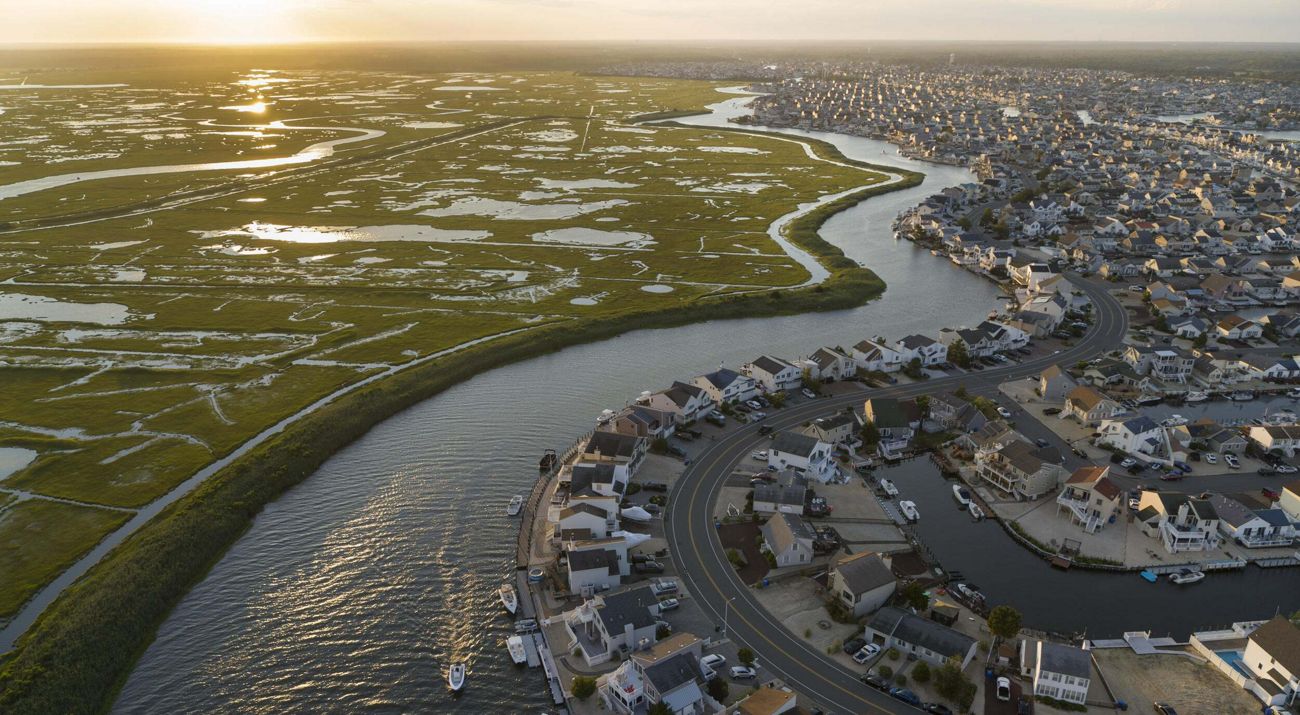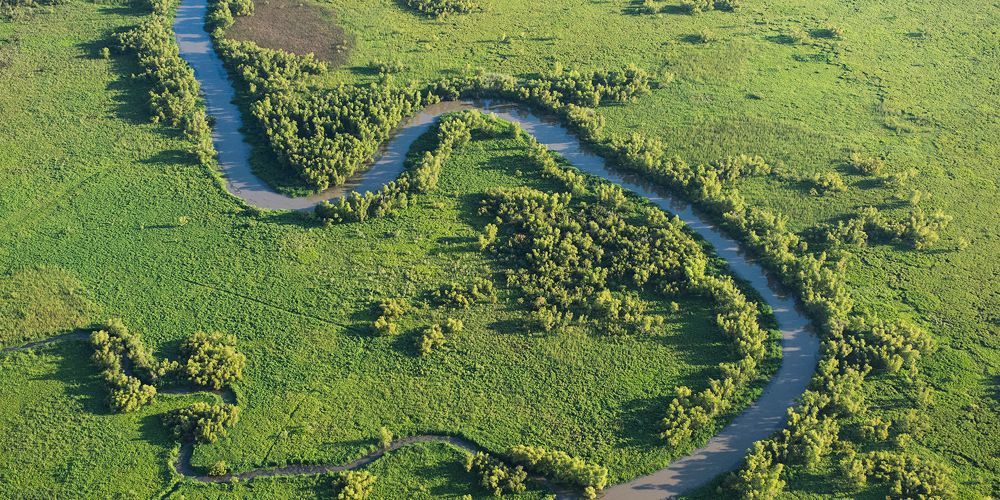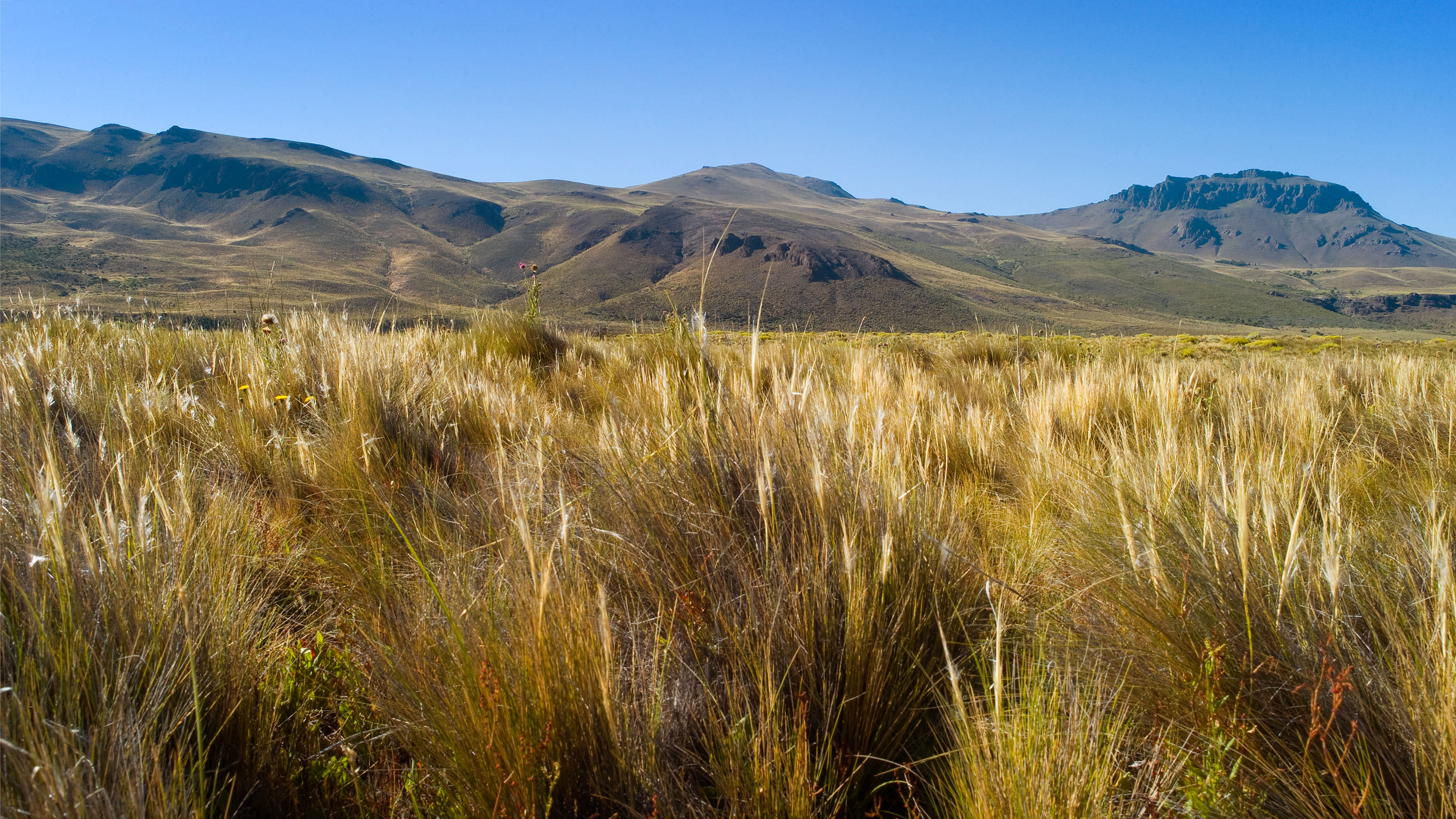Greenprints Defined

Thriving natural infrastructure is essential to healthy communities
Building resilient communities by designing sustainable futures.
There are numerous advantages to having a greenprint. Find out how embracing greenprints is a worthwhile endeavor.
Considering starting a greenprint? Review this guide to develop a successful greenprint.
Discover the essential stages, strategies, and insights informed by on-the-ground experience from practitioners.
See how greenprints translate scientific research into information that can be used to guide decisions.
A greenprint is a plan, tool or process that reveals the range of benefits provided by natural infrastructure.
It is a flexible, collaborative, strategic approach that engages partners and uses the best available science to identify multiple-benefit nature-based solutions for decision-makers. Greenprints identify diverse solutions to increase community and ecosystem resilience.
These solutions can range from conserving natural lands to protect drinking water to preserving working lands to support rural economies, and from restoring habitat to protect wildlife to expanding urban forests and designing parks to improve community health.

Fundamentals of a greenprint
Explore what greenprints encompass and also what falls outside their scope.



Getting started
How do you determine if a greenprint is right for you? These key questions are intended to be a roadmap in guiding practitioners through the most important elements of designing a successful greenprint.